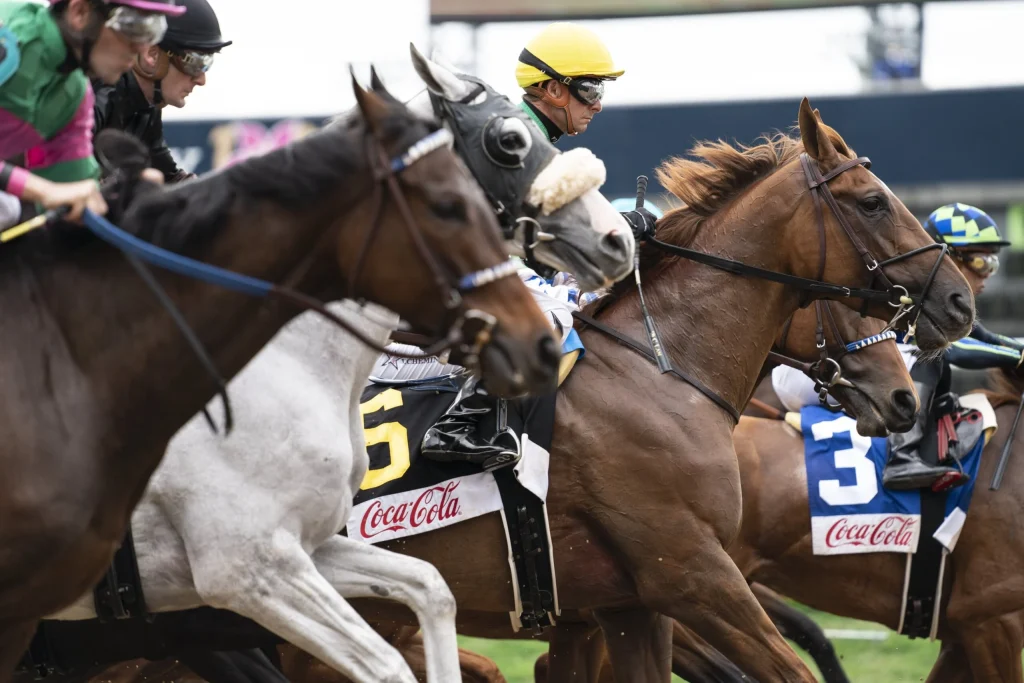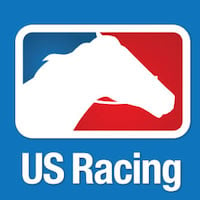The Kentucky Derby may last only two minutes, but the story behind those two minutes begins months earlier across racetracks in the United States and beyond. Prep races form the backbone of that journey. They shape raw, promising talent into legitimate Kentucky Derby contenders, while giving trainers, owners, handicappers, and bettors the tools they need to predict what might happen on the first Saturday in May.


In 2025, the prep season is more influential than ever. The modern Road to the Kentucky Derby points system forces horses to prove themselves repeatedly, not only to earn their spot in the starting gate, but to demonstrate the stamina, maturity, and consistency required to handle America’s most famous race. Understanding why prep races matter is the key to understanding the Derby itself.
Prep races are stakes races for young horses—usually two- and three-year-olds—that serve two fundamental purposes. First, they act as qualifying events, awarding points that determine who earns a place in the Kentucky Derby lineup. Second, and far more importantly, they develop a horse’s physical and mental readiness. Many fans see a prep race as just a warm-up, but for trainers and owners, these races are structured tests. They reveal how a young horse handles pressure, pacing, different surfaces, and unfamiliar distances. Some preps are short and designed to sharpen speed; others stretch the horse out to test stamina. All of them expose truths that morning workouts simply cannot.
Prep races are where Derby dreams either gain momentum or crack under the weight of reality.
For trainers and owners, a prep race is like a diagnostic tool. A horse’s performance in these races helps connections understand whether all the training, conditioning, and planning are coming together the way they should. A good prep can confirm that a horse is fit, healthy, and progressing, while a disappointing one can highlight weaknesses that need attention before the level of competition rises.
Fitness is the first major component. Even the most talented horse needs race experience to build the conditioning required for a grueling mile and a quarter. A prep shows whether a horse is still green, still building stamina, or truly ready for elite company. Trainers also use these races to test different distances and surfaces. A young horse may begin its campaign running shorter races to sharpen its natural speed, then gradually stretch out to see whether it can sustain its energy when the race goes long. That progression is crucial because no three-year-old has run a mile and a quarter before Derby Day. Prep races reveal which runners will handle that distance and which ones will fade.
Just as importantly, these races expose vulnerabilities. A horse that breezes effortlessly in training might struggle when forced into tight traffic. Another may hate kickback, lose focus under pressure, or flatten out when asked for a second run. These are things only a real race can reveal. Trainers depend on preps to make adjustments, whether it means changing equipment, modifying training routines, or even pairing the horse with a new jockey.
And then there is race-day maturity, something Derby winners nearly always possess. Prep races teach young horses to handle the chaos of a starting gate, the noise of a crowd, and the strategy required when the rider needs to settle them early. Every great Derby horse has shown this maturity at least once before reaching Churchill Downs.
Finally, there is the simple matter of necessity. With today’s points system, a horse cannot reach the Derby without performing well in prep races. Talent alone is not enough; the horse must prove its readiness in the very events designed to shape future champions.
For handicappers, prep races are the most useful “data points” of the entire season. They reveal far more than a horse’s finishing position. Bettors spend months analyzing preps because these races provide critical insight into form, intent, and style. Often, a horse’s performance in a prep tells you more about its Derby chances than any flashy workout or media hype ever could.
A good prep race helps bettors understand whether a horse is truly improving or simply treading water. Sometimes a horse finishes third or fourth because its trainer wasn’t asking for maximum effort. Handicappers who can spot that pattern find excellent value later on, especially when the general public overreacts to a single lackluster prep. The horses that leap forward in their next start are often the ones whose connections were using a prep as a learning experience rather than a final target.
Prep races also clarify running styles. Some horses show a natural preference for taking the lead; others relax beautifully when tracking behind. A few prefer to settle far back and make one dramatic run. This information is essential when you’re trying to handicap a Derby with a 20-horse field, where pace dynamics matter far more than raw talent.
Even subtle jockey and trainer patterns become easier to identify during the prep season. Some trainers routinely leave room for improvement in early preps and peak their horses in April. Others push for points early and coast into the Derby. Bettors who understand these tendencies gain an edge.
And while winning a prep race is a strong sign of readiness, handicappers learn that a gritty runner-up effort, a strong late move, or even overcoming a bad post can say far more about a horse’s Derby prospects than a flashy win in soft company. The prep season is where bettors learn which horses will thrive under pressure and which ones fold long before they reach Louisville.
The modern Road to the Kentucky Derby system has profoundly altered the landscape. Instead of graded earnings, horses now earn their way into the Derby through a system of escalating points. Early-season preps offer small totals to encourage development. Mid-season races raise the stakes. And the major final preps award enough points almost to guarantee a starting position.
This structure rewards consistency, not flukes. It ensures that the Derby is filled with horses that have proven themselves repeatedly, not just those who won a single big purse as juveniles. It also creates a narrative throughout the season, where every prep race adds another chapter to the unfolding storyline of Derby contenders rising, falling, or emerging out of nowhere.
A decade of results has shown a clear pattern: Derby winners tend to shine in the prep season. Horses that run well in their final prep perform dramatically better on Derby Day. Those with steady, consistent prep campaigns outrun late bloomers almost every year. And prep races with deeper, stronger fields—like the Florida Derby, Blue Grass Stakes, and Arkansas Derby—consistently produce legitimate Derby runners.
Prep races do not just point horses toward the Derby; they define the way the entire Triple Crown season unfolds. You can also check the full list of Kentucky Derby prep races and dates for every race.
Prep races matter because they reveal everything the Kentucky Derby demands. They show which horses are fit, which ones can stretch their talent over more ground, and which ones possess the mental toughness needed to survive a 20-horse stampede under the bright lights of Churchill Downs. For trainers, prep races are where the real work gets done. For bettors, they are the key to unlocking value. And for fans, they provide the drama that builds toward the most anticipated racing event of the year.
The Derby may be the grand finale, but the real story starts months earlier on the prep race trail, where champions are shaped, tested, and ultimately discovered.


The writing team at US Racing is comprised of both full-time and part-time contributors with expertise in various aspects of the Sport of Kings.























